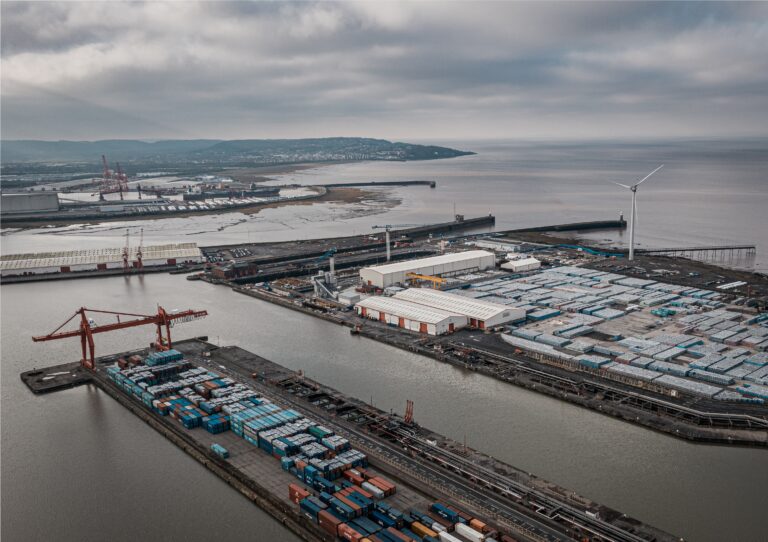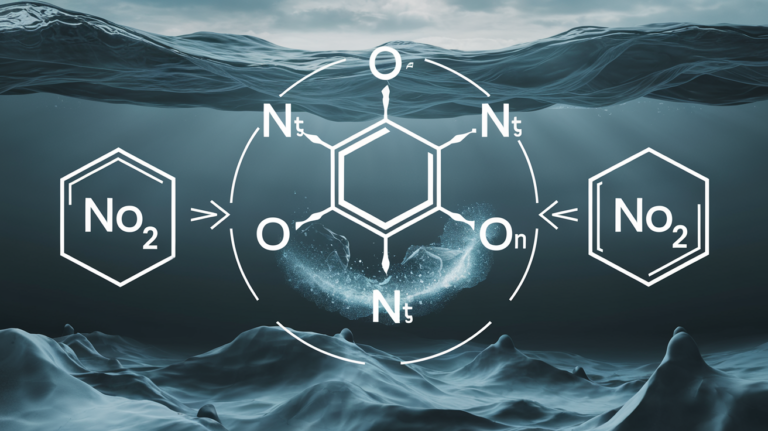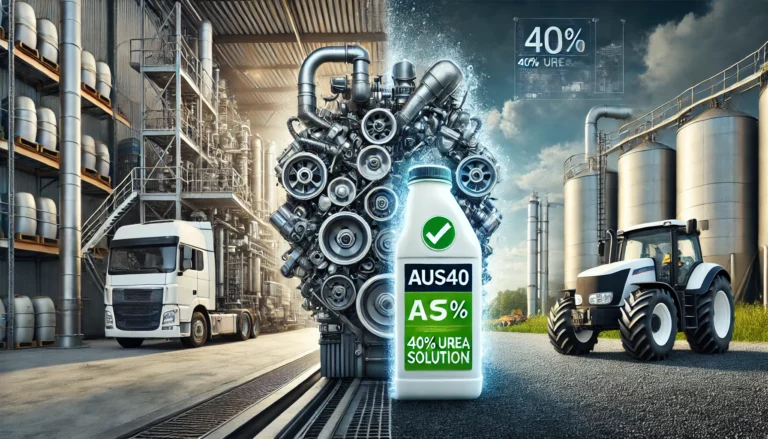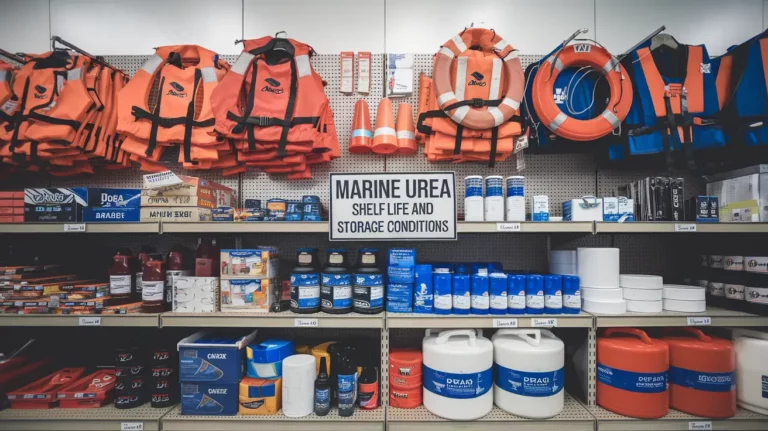Understanding Marine Urea Composition
Marine urea composition is a complex but fascinating topic that plays a vital role in the ocean’s ecosystem. Urea, often associated with urine, is not only a waste product but also a crucial element in marine chemistry. In this article, we will dive deep into the world of marine urea composition, unraveling its significance, sources, and ecological impacts.
The Basics of Marine Urea Composition
Marine urea composition is all about understanding the urea molecule in the context of the ocean. Urea is a compound with a chemical formula of (NH2)2CO and is commonly found in both terrestrial and marine environments.
Sources of Marine Urea
To comprehend marine urea composition, it’s important to know where it comes from. Urea in the ocean originates from various sources, including:
Biological Origins
- Marine Animals: Many marine creatures, like fish and mammals, excrete urea as a waste product. Understanding their contribution to marine urea is vital.
- Phytoplankton: These microscopic plants release urea during their life cycle, affecting the ocean’s nitrogen cycle.
Anthropogenic Sources
- Fertilizer Runoff: Agricultural runoff can introduce excess urea into the ocean, leading to environmental challenges.
- Wastewater Discharge: Human activities play a role in the composition of urea in the ocean.
The Role of Urea in the Marine Ecosystem
Marine urea composition isn’t just a chemical curiosity; it’s a critical part of the ecosystem.
Nutrient Cycling
- Urea is an essential nutrient for phytoplankton, influencing primary production in the ocean.
- It contributes to the nitrogen cycle, affecting nutrient availability for marine life.
Impact on Food Web
- Urea supports the growth of zooplankton, which, in turn, sustains various marine species.
- Understanding this connection helps in comprehending the ocean’s food web.
The Chemistry of Urea Breakdown
How does marine urea composition change over time? The breakdown of urea in the ocean is a dynamic process.
Hydrolysis and Nitrification
- Urea hydrolysis converts urea into ammonium and bicarbonate, influencing the nutrient balance in seawater.
- Nitrification further transforms ammonium into nitrate, playing a role in the ocean’s nitrogen cycle.
Measuring Marine Urea Composition
Scientists employ various techniques to quantify and study marine urea composition.
Analytical Methods
- Spectrophotometry: This technique allows researchers to estimate urea concentrations in seawater samples.
- Isotopic Tracers: Isotopic analysis helps trace the fate of urea in the ocean.
Ecological Implications of Marine Urea Composition
The marine ecosystem’s health is closely tied to the composition of urea in the ocean.
Eutrophication
- Excessive urea from human activities can lead to eutrophication, causing harmful algal blooms and oxygen depletion.
Climate Change Connection
- The nitrogen cycle, influenced by urea, has links to climate change due to its impact on greenhouse gas emissions.
Biodiversity and Conservation
- Understanding marine urea composition is essential for conserving biodiversity in our oceans.
To Sum It Up
In conclusion, marine urea composition is an intricate and multifaceted subject that plays a pivotal role in maintaining the health of our oceans. From its sources to ecological impacts, urea is a crucial component in understanding marine ecosystems. By comprehending marine urea composition, we can make informed decisions to protect and preserve these vital environments.
FAQs About Marine Urea Composition
1. What is the significance of marine urea composition?
Marine urea composition is significant because it influences nutrient cycling, the food web, and the overall health of the marine ecosystem. It plays a crucial role in supporting marine life.
2. How does urea from human activities impact the ocean?
Human activities, such as fertilizer runoff and wastewater discharge, can introduce excessive urea into the ocean, leading to eutrophication and harmful algal blooms.
3. How do scientists measure marine urea composition?
Scientists use various methods, including spectrophotometry and isotopic tracers, to measure and study marine urea composition in seawater.
4. What is the connection between marine urea composition and climate change?
The nitrogen cycle, influenced by urea, has links to climate change due to its impact on greenhouse gas emissions in the ocean.
5. Why is understanding marine urea composition important for conservation?
Understanding marine urea composition is vital for conserving biodiversity in the ocean and making informed decisions to protect these critical ecosystems.





